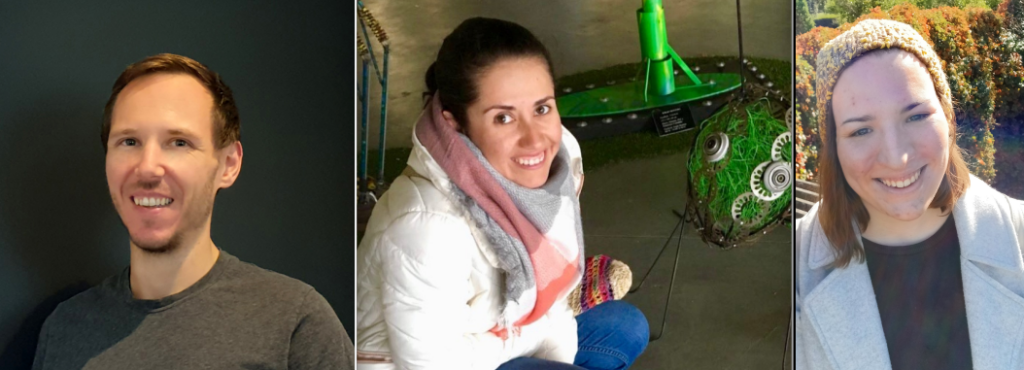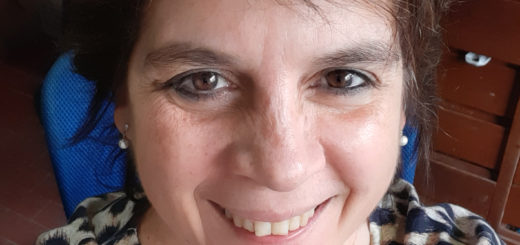Long live the queen

In most organisms, reproduction usually leads to a shorter lifespan. However, in eusocial insects the queen lives much longer than the worker ants. In the ant Harpegnathos, when the queen dies, some of the workers can transform into reproductive pseudo-queens (gamergates) and live five times longer. In the paper “Insulin signaling in the long-lived reproductive caste of ants” published in Science by Yan et al.*, the authors investigated this transition and focussed on the molecular changes that occur during this caste switch. Here, Claude Desplan answers a few questions and highlights the main points.
* = Hua Yan, Comzit Opachaloemphan, Francisco Carmona-Aldana, Giacomo Mancini, Jakub Mlejnek, Nicolas Descostes, Bogdan Sieriebriennikov, Alexandra Leibholz, Xiaofan Zhou, Long Ding, Maria Traficante, Claude Desplan, and Danny Reinberg
An Interview compiled by Patrick Krapf, Lina Pedraza, and Beatriz Porthina

MNB: Could you tell us a bit about yourself?
CD: I am a professor of Biology at the undergraduate campus of New York University (NYU). My lab has focused over the years on different problems of development, currently mostly neural development, often expanding the knowledge obtained in Drosophila to other organisms, using the particular features of this organism to study a process for which this non-model organism can be highly beneficial. For instance, when studying color vision, we worked on butterflies that use colors much better than flies. Thanks to genomic technology, such as single-cell mRNA and CRISPR sequencing, we can now study and manipulate most organisms. We study ants because of their plasticity and the epigenetic mechanisms that generate different castes from the same genome, largely due to a collaboration with our colleague Danny Reinberg now a professor at the University of Miami.
MNB: Could you briefly outline the research you recently published in layman’s terms?
CD: Queen ants live much longer (10 times or more) than their worker sisters. In our system, the jumping ant Harpegnathos, non-reproductive workers live 7 months, while the queens that lay all the eggs live 5 years. This contradicts the general dogma that reproduction and longevity are anti-correlated. This is because reproduction requires high metabolism and high insulin production, and insulin decreases longevity. We showed that, upon the queen’s death in a colony, some workers could become “pseudo-queens” when they win a dueling contest: they remain in a worker’s body but lay eggs and stop doing all duties of workers. Their longevity then goes from the 7 months of workers to 4 years! This is reversible when a real queen is re-introduced in the colony and the “pseudo-queen” returns to being a worker and to a 7-month longevity! We showed that the transformation to “pseudo-queen” correlates with a very large increase in insulin production. But this also corresponds to the production by the developing ovary of an anti-insulin (called Imp-L2) that blocks the aging effect of insulin but not its metabolic effect in terms of mobilizing lipids for egg production. Therefore, in spite of the high levels of Insulin in the body of gamergates that allow them to eat a lot and produce multiple eggs, insulin does not have its deleterious effect on aging because the branch of the Insulin pathway that leads to aging is inhibited: This solves the contradiction of high reproduction linked to extended longevity.

MNB: What is the take-home message of your work?
CD: … that Nature can manipulate biological systems to allow adaptation of animals to their specific living circumstances: a queen is the only one to reproduce in the colony and she must live a long time to maintain the colony. Workers do not reproduce and can easily be replaced when dying!
MNB: What was your motivation for this study?
CD: We used the ants to address the question of aging, which is difficult to address in most systems where it is extremely challenging to test animals that live months or years, and any manipulation that extends lifespan only does so by 10-50%. Ants have longevity extended by 400% when they become “pseudo-queen”: this is an amazing system to study aging.
MNB: What was the biggest obstacle you had to overcome in this project?
CD: Working with a non-model organism is still difficult as one has to develop all the technical tools, from mutation (CRISPR), transgenesis (achieved by our colleague Daniel Kronauer at Rockefeller in a different species of ants) and even trivial problems of rearing ants. However, the extreme features of the system are worth it!
MNB: Do you have any tips for others who are interested in doing related research?
CD: Nowadays, everything is possible with the technology described above. The only real restriction is being able to rear multiple generations of an animal in the lab. Once this is possible, one can choose an organism that is particularly well adapted to the question asked. In our case, we used a specific organism to study a function, e.g., butterflies for color vision. We do not get attached to this organism and change when a new question arises. However, ants are particularly attractive as they present many questions and challenges… We might never drop them!
MNB: Where do you see the future for this particular field of ant research?
CD: In many directions…. For instance, we are not studying how the brain has evolved to sustain eusocial behavior and how the olfactory system has been dramatically expanded in ants as compared to Drosophila (even more than in humans!) to allow pheromone communication. And, of course, how can the different castes (ups to 9 in leaf cutter ants!) be specified?
A video of dueling workers (© Claude Desplan)





The article is to technical BUT this is a very good and readable review. Great!!!!